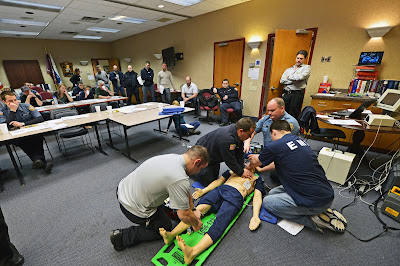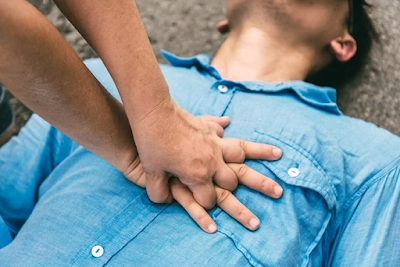If you are thinking of starting your own construction company, then you will need to hire people to join your team. There are very few construction projects that you can handle on your own. However, it is not as simple as hiring a few able-bodied people who can lift things and hammer down some nails. There are very specific things you should be looking for when you are hiring for your company.
The work a construction company worker does might seem simple to those on the outside looking in, but it is far from it. Construction workers can’t be pulled off the street. They have to be ready to work and able to handle many different varied situations. They need a wide range of knowledge as well, and they are counted on to make sure that things are built securely and up to code. When you are hiring, you need to make sure to surround yourself with the best people possible, since your work could suffer, and they could reflect badly on you. Here are some of the top skills you should look for in construction employees.
Physical Fitness and Durability
If there is one thing that is true about construction work, it’s that it is a physically demanding job. You need strong people who can last long days doing repetitive work. While advancements in tools and techniques mean that workers don't have to be as physically strong as they used to, they still require some strength.
Your workers may also find themselves contorting into tight spaces or having to be on their hands and knees to get at things they are working on. If they are not in proper physical shape, then they won't be able to do the job correctly. Stamina and adaptability are also important. With a construction job, you can guarantee that they will be working their full 8-hour days, if not more. Some days could be extremely hot or cold, or it could be raining or snowing. You need employees that will accept the conditions and power through no matter what.
Technical Knowledge
Along with being able to physically do the work, you need people who know how to do the work. There is nothing that will ruin a company’s reputation faster than shoddy work or technical mistakes. Your employees need to be experts at the tasks you have hired them for, even if it’s just for labor jobs such as discarding materials and helping load and unload tools.
They should also have general knowledge of building and everything that goes into a project. Even if you hire a carpenter they should know about plumbing, electrical, HVAC, ironworks, roofing, and everything else that goes into constructing a building. They do not have to be experts, but they do need to understand how their work fits within the grand scheme of the project.
Safety Consciousness
Safety should be the number one priority for your company. Everything you do should be undertaken with the utmost care for the safety and security of your employees, the client, and the general public. Even if you have robust tailored insurance plans for handyman workers, you still do not want anyone to get hurt or property to be damaged.
You can create a culture of safety within your company, but some people are naturally good at taking care of themselves, their co-workers, and their job sites. You do not want people who will cut corners to get a job done faster. You want people who will pay attention to detail not just in their workmanship but also in their safety process. Never take safety for granted on your job sites.
Team Player
Construction work is very collaborative. Sure, you have someone who oversees a project, but you need everyone to do their part of the puzzle to make everything fit. Not only that, but you need them to do it on time and within budget. Your employees should all be team players who are willing to work with others to get jobs done. During the day there are always issues that pop up that require discussion and decision-making, and there is no room for ego or bossiness. It should be all about what is best for the client. Also, remember that there may be other workers on-site who are also involved in the project. You want to be able to work with them again, so your staff needs to be able to cooperate to get things done.
Math and Literacy Skills
Construction is not just manual labor. There is a lot that goes into planning and executing a project. A construction worker needs to be comfortable with geometry and algebra. This is because they will do calculations for determining how much material is needed and what relative costs will be. Some workers will need to measure for cutting, placing studs, or any number of tasks. Poor measurements will lead to huge problems once they are discovered. In some cases, entire sections of a project may need to be scrapped and started over.
A construction worker needs reading literacy skills to aid in the goal of being a better communicator. They will take notes throughout a project, fill out paperwork, and make sure that permits and other documents are complete before starting work.
Customer Service
When they are out on a job, your employees are representatives of your company. They are not only there to do great work, but to make sure that your customers are satisfied. Customer service is incredibly important in any industry, and construction is no different. They need to be able to patiently answer questions and address concerns without getting angry or standoffish. Good customer service in construction is about making the client feel like they are part of the process and also communicating with them regularly about what is going on. If you have employees who are rude or are not great communicators, then you will need others with them to offset that.
The great thing about construction is that there will always be work to do. As a business owner, you can grow and take on as many clients and projects as you like as long as you have a great team behind you. If you look for these skills, then you will be set up for success.
This is a blog post by Tiffany Carlin.















